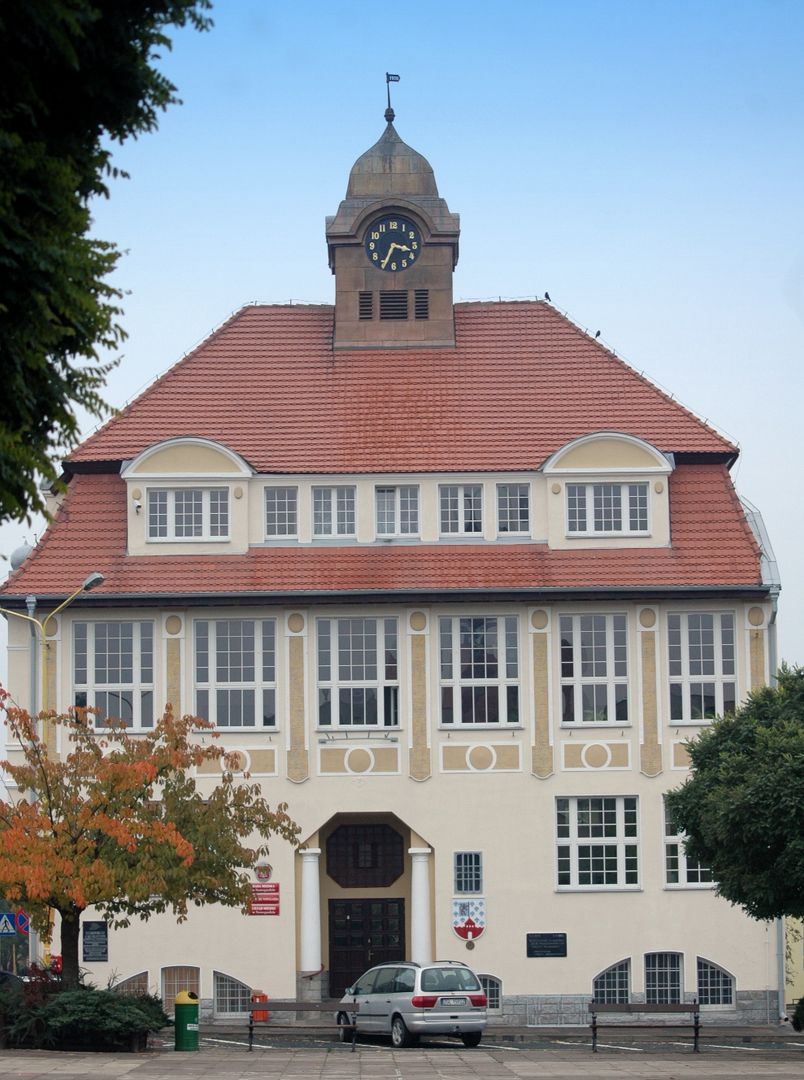Nowogard
7.39

Overview
Nowogard is an urban-rural municipality with its administrative seat in the town of the same name, located in the western part of the West Pomeranian Voivodeship, on the Nowogardzka Plain and Gryficka Plain. In 2016, the municipality had a population of 24,757. The local economy has been boosted by the establishment of the Nowogard subzone within the Kostrzyn-Słubice Special Economic Zone, which has contributed to the revitalization of local businesses. The municipality encompasses numerous areas of significant natural value, including a section of the Goleniowska Forest, Nowogardzkie Lake, and the Sąpólna River. The demographic structure of the residents indicates strong integration with the Goleniów County, accounting for 31.0% of its population. Historically, Nowogard was part of the Szczecin Voivodeship until 1998.
Among the architectural treasures of the municipality are the historic Church of Christ the King in Sikorki and the Gothic church in Orzechowo. Additionally, in Długołęka, there is the 15th/16th-century Church of St. Anne and a manor house. In Wierzbięcin, preserved timber-framed churches from the 18th century and a palace-park complex can be found. The palace built in Wierzbięcin in 1876 highlights the historical significance of the area. An interesting fact is the presence of two post offices and historical railway connections, which began in 1882. In 2016, the municipality spent 80.0 million PLN on its needs, while its revenues amounted to 88.1 million PLN. Nowogard has 36 village administrative districts (sołectwa), making it the leader in the county in terms of their number. The municipality hosts various cultural events, and its proximity to picturesque forests and lakes promotes tourism. The area also engages in partnerships with municipalities from Germany and Sweden, fostering cultural and economic exchange. Thus, Nowogard is a place with a rich history, attractive natural surroundings, and a dynamic economy, making it an interesting point on the map of the West Pomeranian region.
Location
County
Goleniów County
Country
You can also find here:
2025 Wizytor | All Rights Reserved
